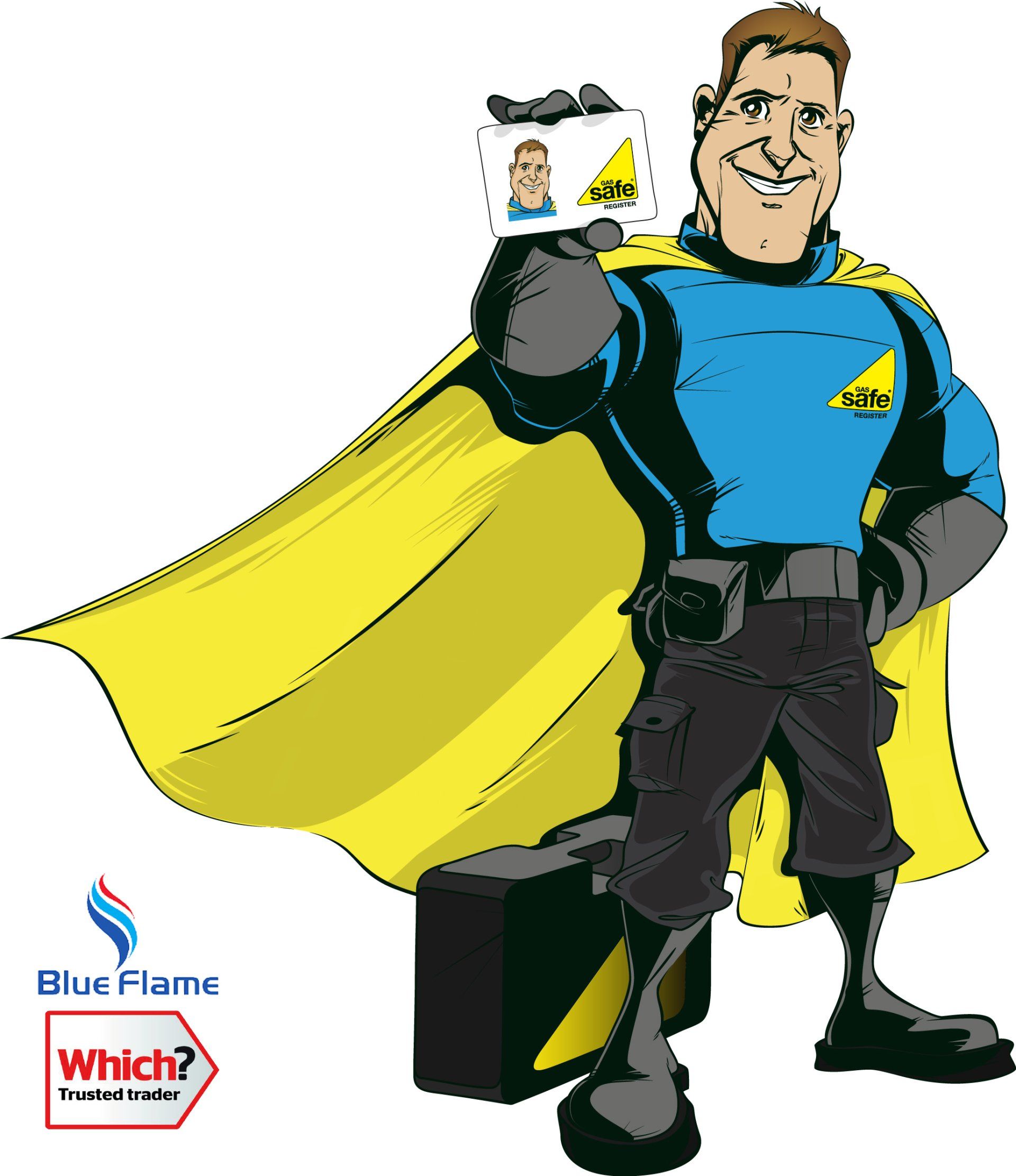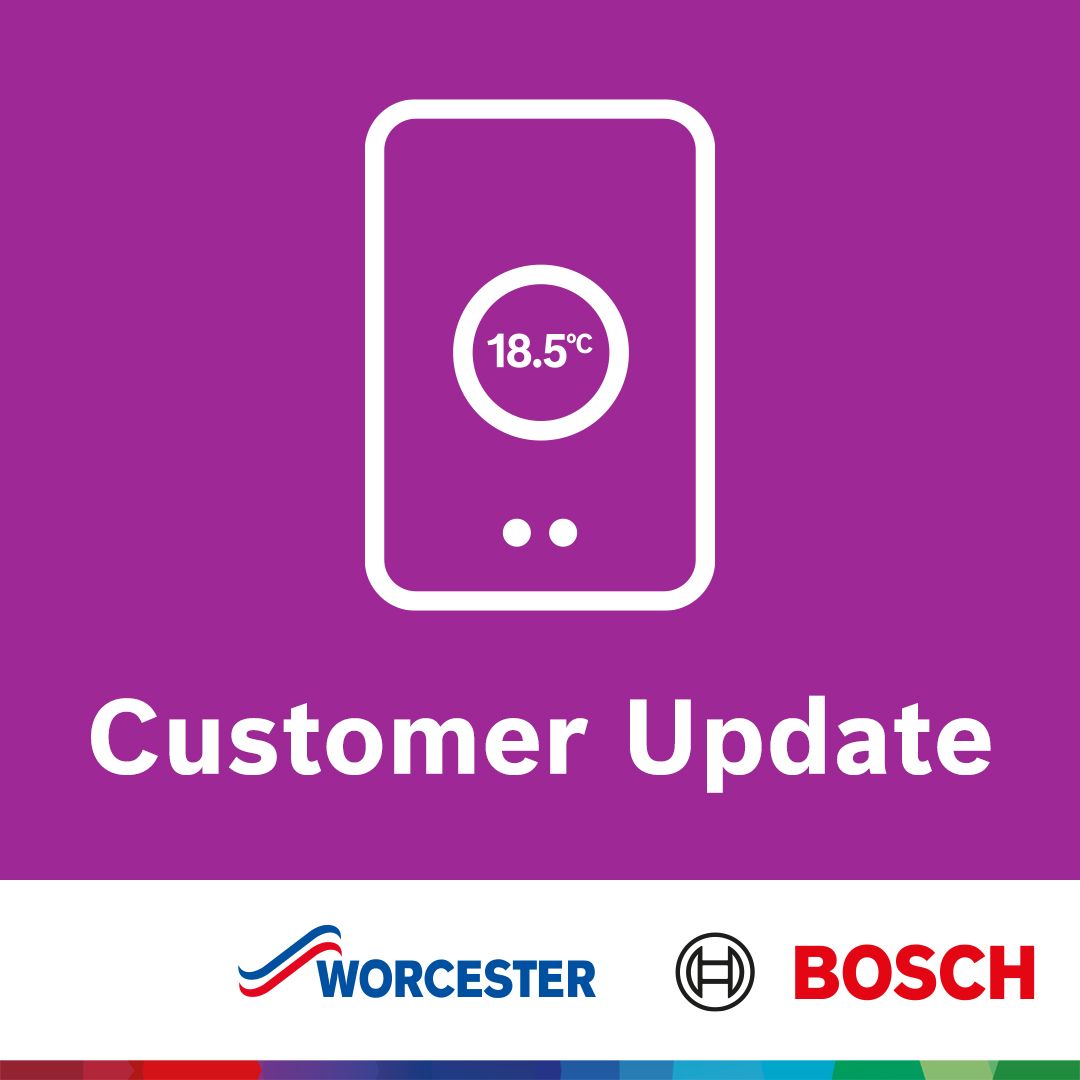
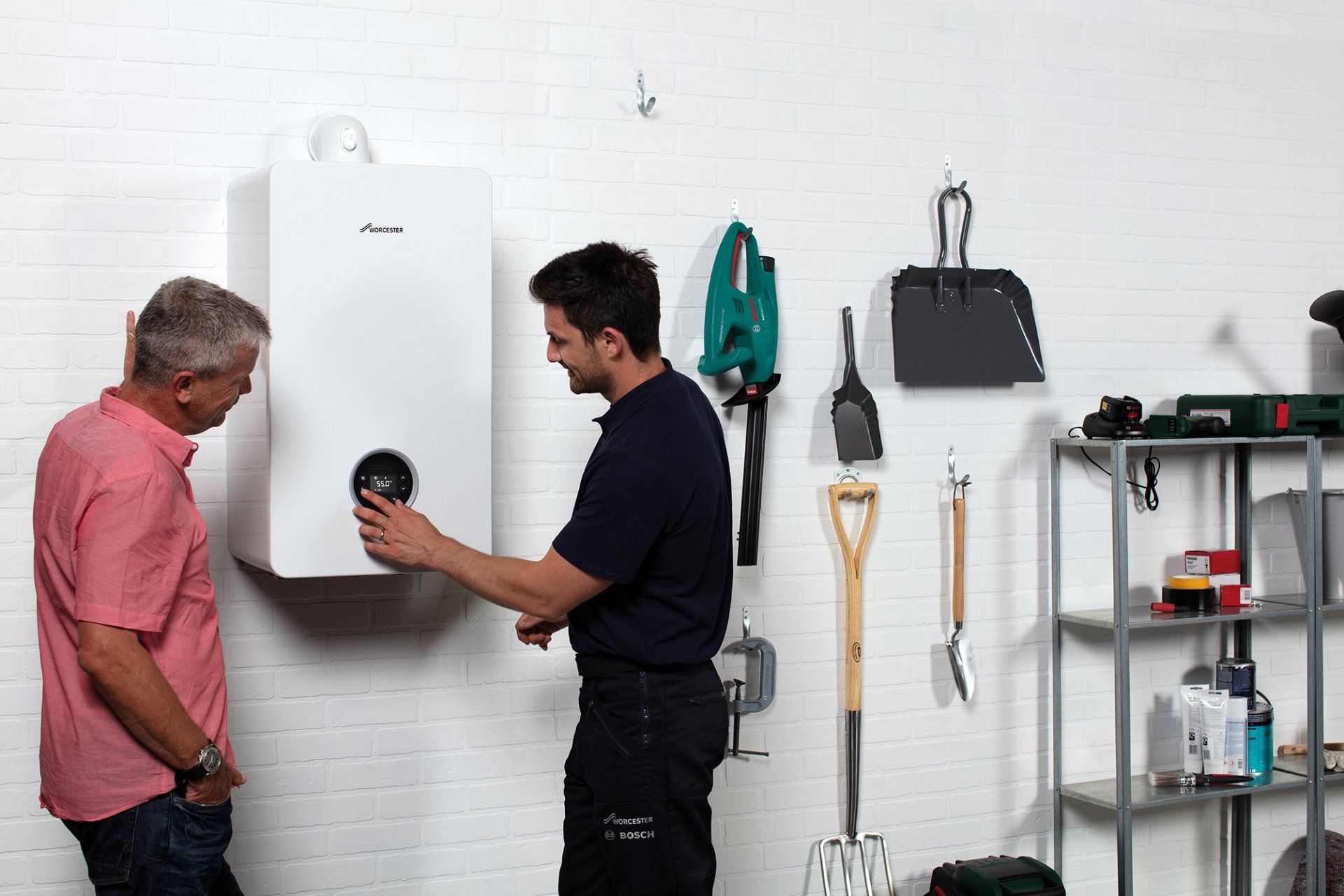

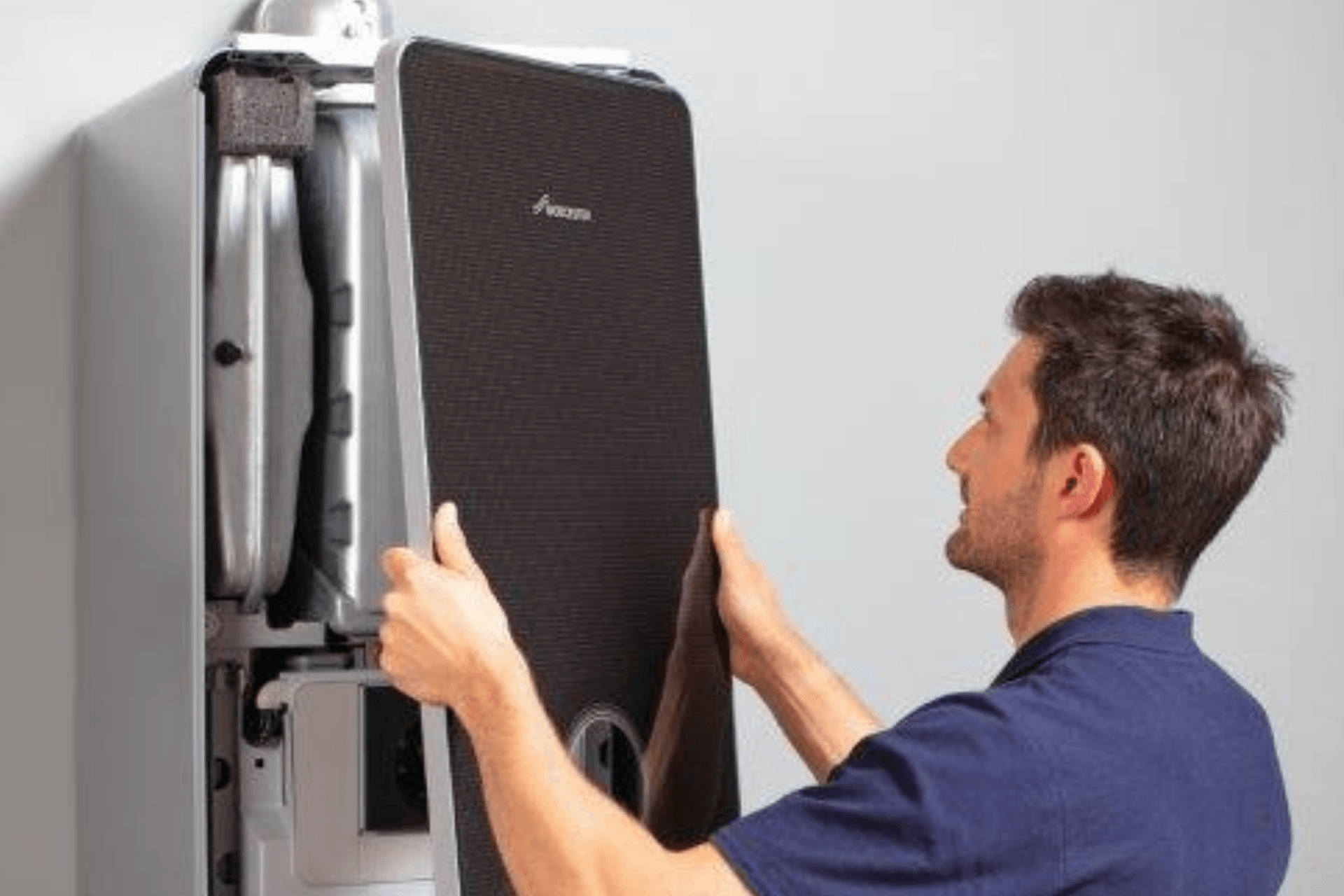
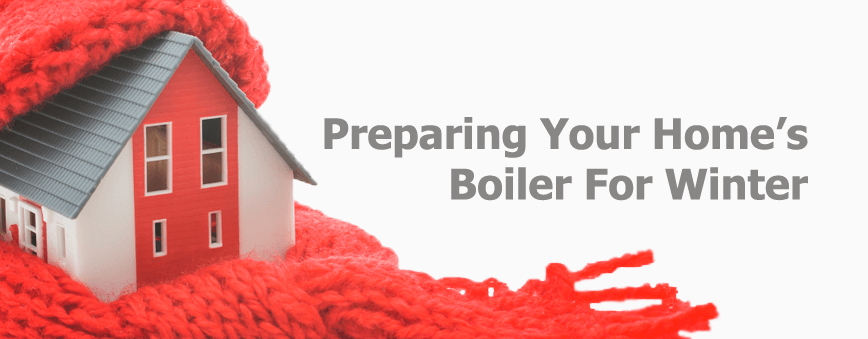
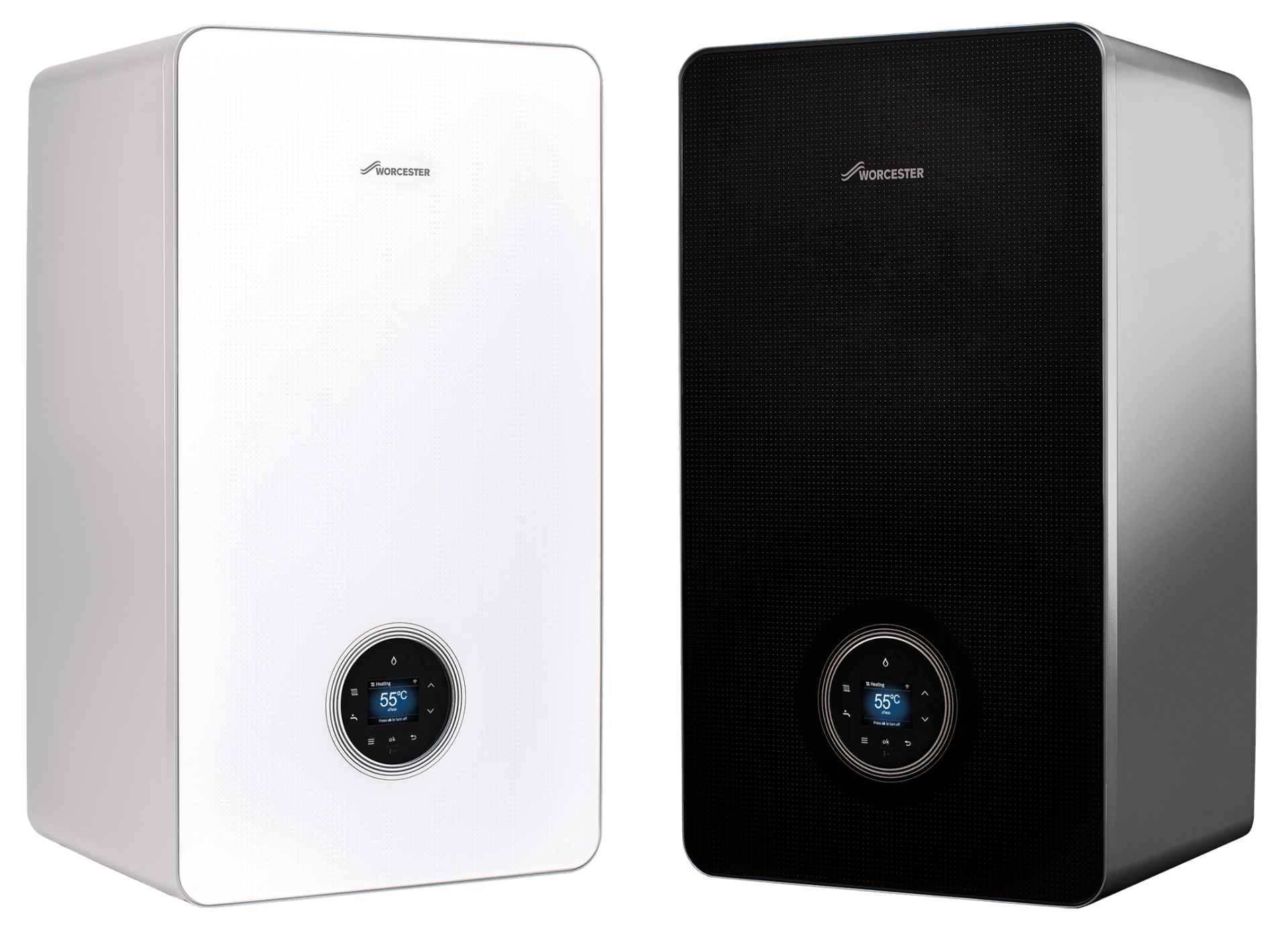
How to bleed your radiators
7 Step process on how to bleed your radiators
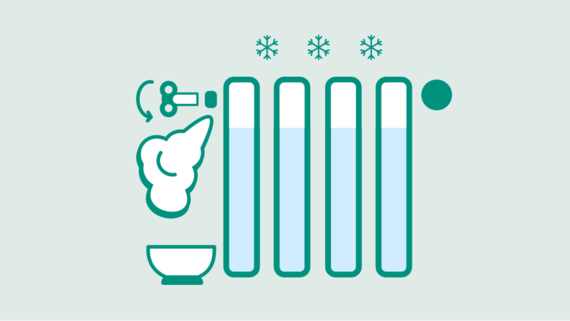
Are you noticing a rattling or other unfamiliar noises coming from your heating pipes? Not only is this annoying, but it could also lead to a cold home. These noises can be an indication of air in your heating system, which prevents the ideal distribution of heating water in the radiators. You might also notice that your radiators are warm at the bottom but stay cold at the top.
Step 1 - Preparation
- A radiator key to open the bleeding valves of your radiators (you can buy one in a hardware store)
- A bucket to catch dripping water
- A cloth to wipe up water - just in case
Make sure your heating is turned off. This will stop your circulation pump from operating and moving heating water and air through your pipes. All thermostat valves need to be open.
Step 3 - Wait for your radiators to cool down
After switching off your heating, wait approximately one hour to ensure that all radiators are cold. This prevents you from getting burned in case hot water or steam leaks during the bleeding process.
Step 4 - Place the radiator key in the radiator valve
The valve is usually at the upper side of the radiator. It looks like a small, round hole with a little square inside. Hold the cloth against the wall to protect it from potential spraying water. Place the bucket directly underneath the valve.
Step 5 - Open the valve carefully
Slowly turn the radiator key anti-clockwise. A quarter to half a turn should be sufficient. You will hear a hissing noise as soon as air drops out of the radiator. Be careful not to open the valve more than suggested. This will limit the amount of water leaking from the radiator.
Step 6 - Close the radiator valve
Let some of the heating water run out before you turn the radiator key clockwise to close the valve. Don't close the valve too tight, otherwise you might damage it.
Step 7 - Turn on your heating system
Before you switch your heating back on, be sure to check the water pressure of the system by looking at the pressure gauge or digital display on the boiler - you may get an F22 fault code (please refer to the operating instructions for guidance if you are unsure). The boiler should read between 1 to 1.5 bar of pressure when the central heating is cold. If the pressure is too low, you need to refill the heating water.Finally, check if all radiators are warming up evenly.









